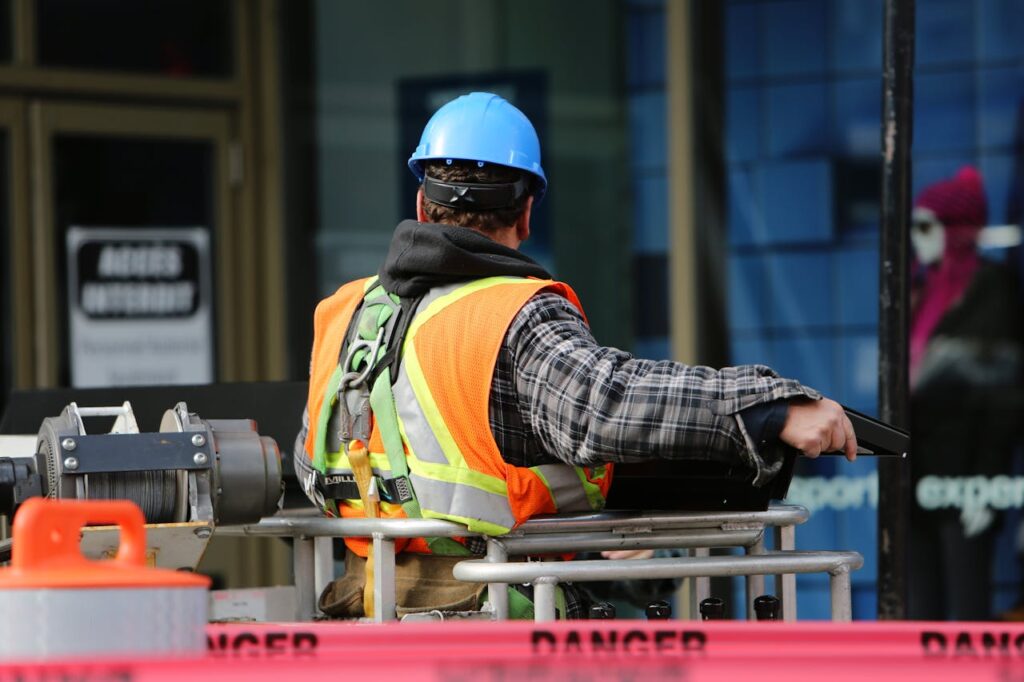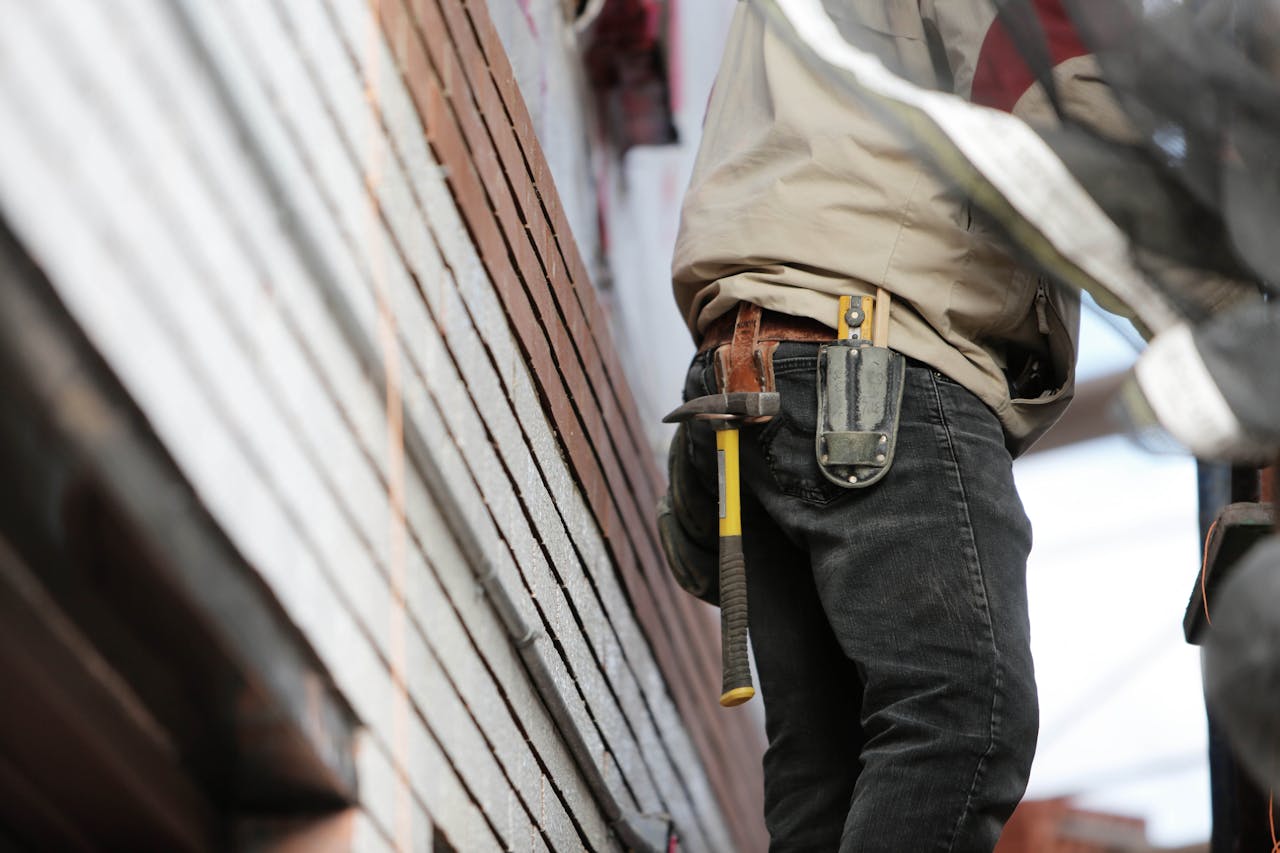Today, the construction industry is a major consumer of raw materials and natural resources, generating nearly 40% of the World’s carbon emissions, according to the World Green Building Council. Being such an impactful contributor to the environment and being aware of the influence this has on worksite safety, there are ways that construction has started to incorporate more sustainable ways of influencing a safer work environment.
Understanding Sustainability in Construction
Sustainability in the workplace, especially in construction means designing and building in a way that has little impact on the environment while promoting social responsibility and employees’ well-being. This can range from raw material extraction to construction and building to even the demolition and repurposing of a project.
Some key principles of sustainable construction are:
- Resource efficiency
- Minimizing waste
- Reducing carbon footprint
- Indoor environmental quality
- Site responsiveness
- Lifecycle assessment
- Community and social responsibility
By complying with these principles the construction industry can ensure a more sustainable future, minimizing our environmental footprint.

The Importance of Safety in Construction
Construction Safety is important for many obvious reasons but what exactly does construction safety look like? According to a worksite injury lawyer in Houston, this can mean being precautious of and taking protective measures to prevent:
- Construction site injuries
- Refinery explosions
- Iron and steel plant injuries
- Refinery shutdown accidents
- Petrochemical injuries
- Fire injuries and electrocutions
- Chemical spill injuries
- Aviation accidents
Staying aware and implementing the more sustainable practice, can help decrease the occurrence of any potential accidents and safety hazards that may arise on construction sites.
How Sustainability Practices Enhance Safety
Many benefits resulting from sustainability practices in the workplace can enhance safety. Using non-toxic materials can help eliminate the risk of being exposed to toxic materials and resources. This further lowers the risk of health complications or concerns.
Sustainable designing practices can help improve safety conditions and minimize negative impacts. These conditions can be implemented through:
- Natural Ventilation: Ensuring natural ventilation can help improve air quality for workers and others on site.
- Daylight Optimization: Not only can natural light help save energy, but it can also provide sufficient light for workers further preventing potential accidents like slips and falls.
- Fire Safety Measures: Integrating advanced fire safety systems, such as fire-resistant materials and accessible fire exits can help prevent any injuries sustained from a potential worksite fire.
- Ergonomic Design: Proper ergonomic design can help prevent any improper lifting techniques or repetitive strain.
Safety Practices That Support Sustainability
There are many ways safety practices support sustainability which also ensures employee health and well-being. Implementing a training program for workers to complete can help them become aware of how workers can be both safe and sustainable on-site. Preventative maintenance is also an important contributor. Reviewing equipment and maintaining it for worksite use will help prevent any construction defect accidents. Also, the importance of safety reporting can help create a culture of continuous improvement. This will continue to support the sustainable practices in place.
Better Sustainable and Safety Outcomes in Construction
Sustainability and safety can work hand in hand as we implement both sustainable and safe practices on worksites. Through better design, collection of better materials, and equipment maintenance worksites can ensure their employees and workers are protected. Encouraging
construction sites to stay up to date on training and reporting incidents for safety purposes can help us move forward to a brighter sustainable future for generations to come.



